By Dan Weisz
After seeing the great bat photos I took recently, I asked my friend Steve if we could do another ‘bat shoot’ and so a few nights later we set up our cameras once again. Below are some my favorites of those photos taken. First, here’s a sense of what the bats were attracted by! So when you see the photos with the bats soaring up you’ll know what they are focused on and if the photo has the bat flying down you know where they have been!!
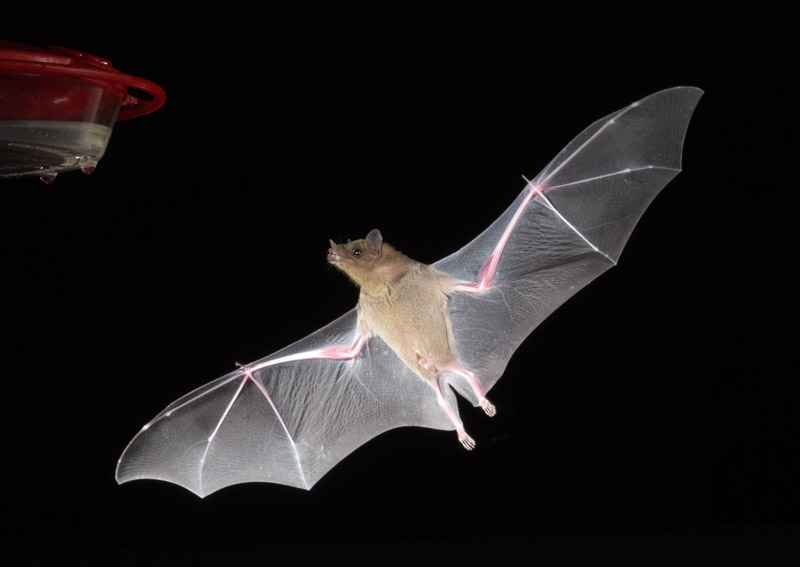
Another head-on shot. I like how the lighting accents the edges of the bat wings.
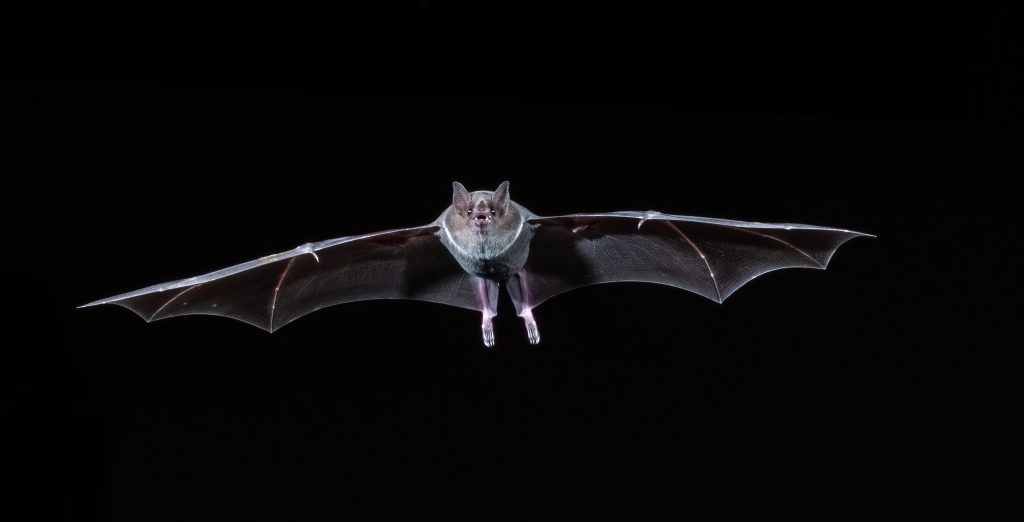
Synchronized feeding!
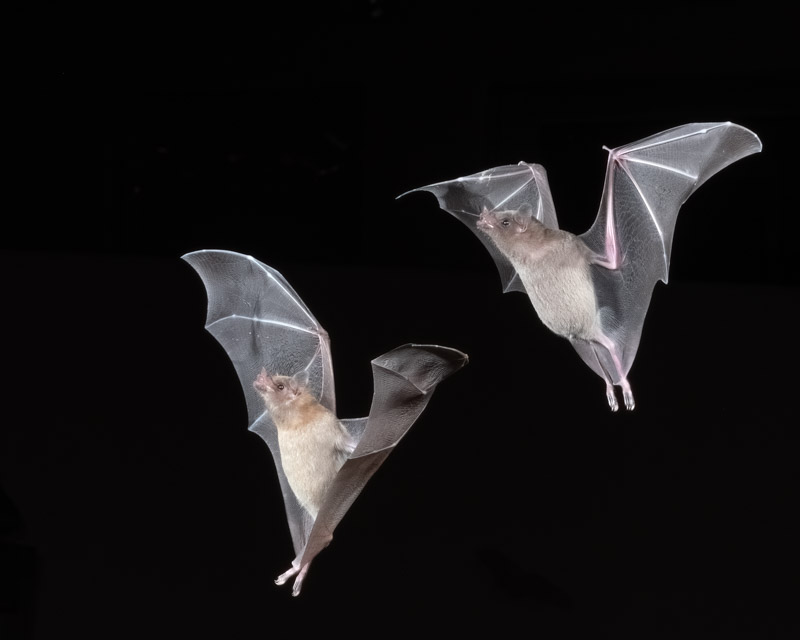
This turn looks like fun.
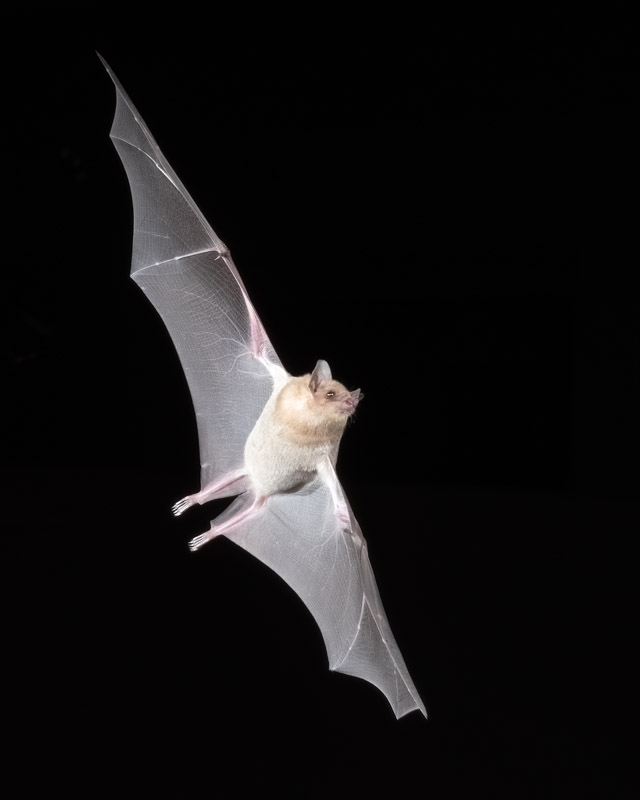
Batman!!!!
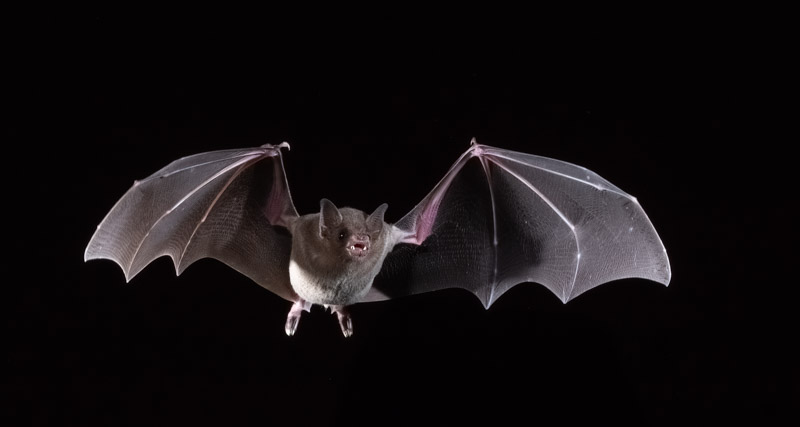
A flying “V”.
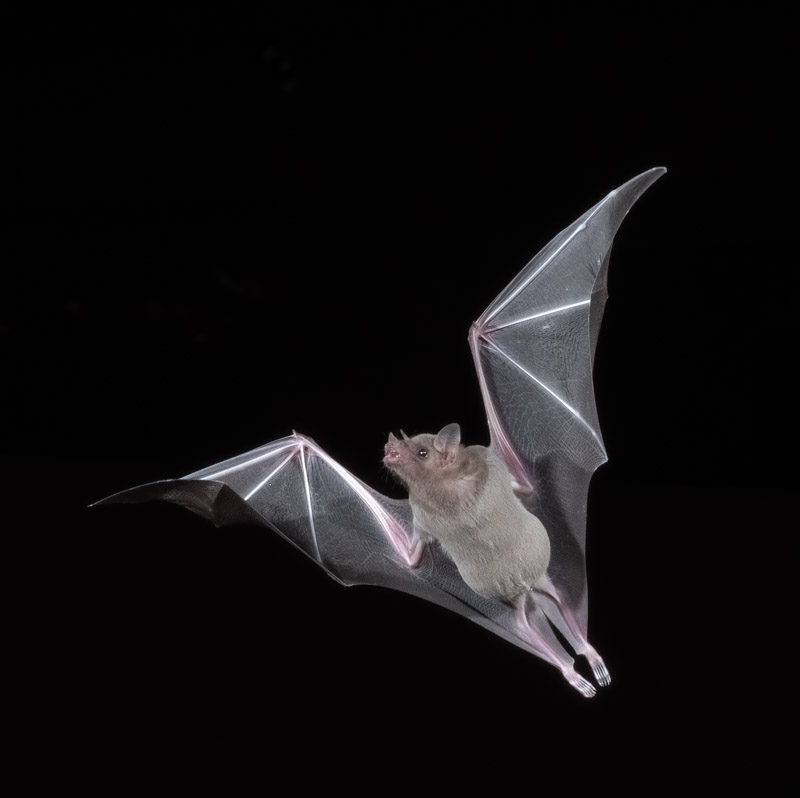
More Aero-bat-ics!
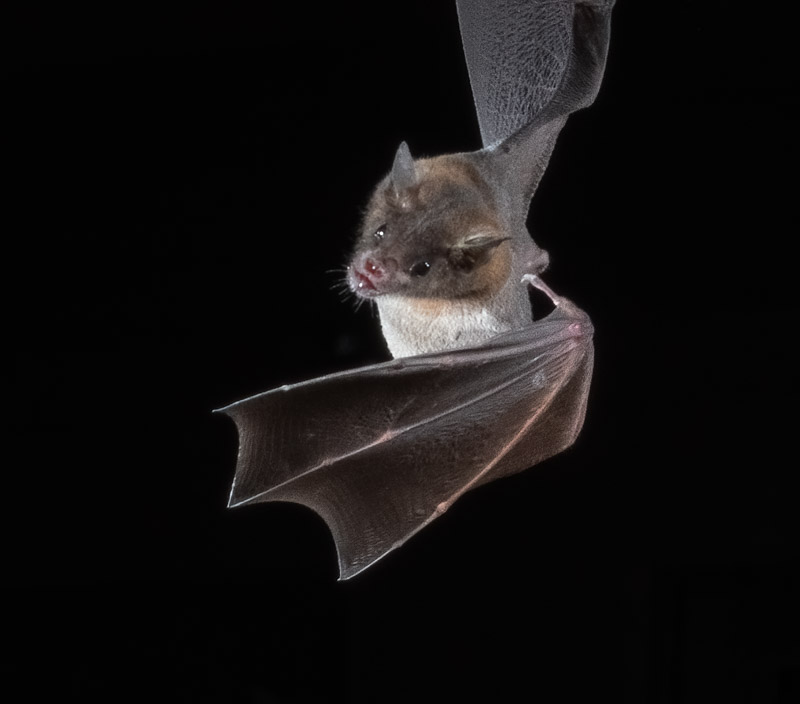
A hungry Lesser long-nosed Bat nears it meal…….
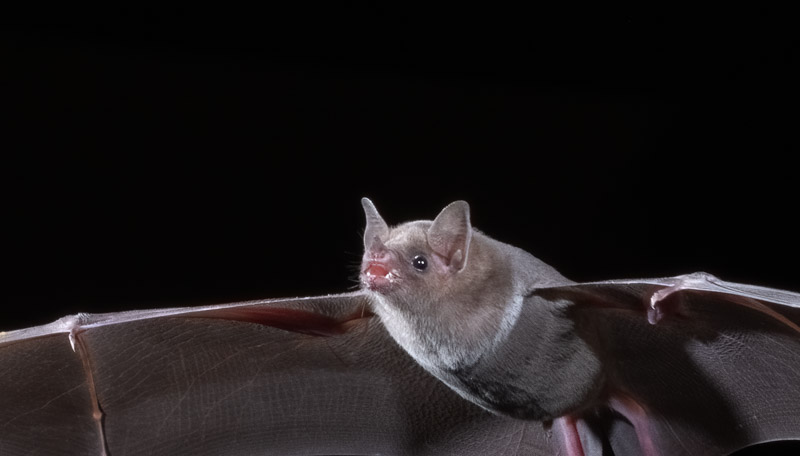
This photo has something different for you. Almost all of the nectar-feeding bats here in Tucson are Lesser Long-nosed Bats. The other common nectar-feeder is the Mexican Long-tongued Bat. In the photo below, the bat on the left is this second species: The Mexican Long-tongued. You can see its two distinguishing features: First, its nose or snout is much, much longer than that of the Lesser Long-nosed below. The second feature is a bit harder to discern but all of the Lesser Long-nosed bats are missing a tail membrane, making them look as if they are wearing pants. The Mexican Long-tongued bat has more of a tail membrane making it appear to be wearing a skirt. Perhaps you can see this broader membrane between the bat’s legs.
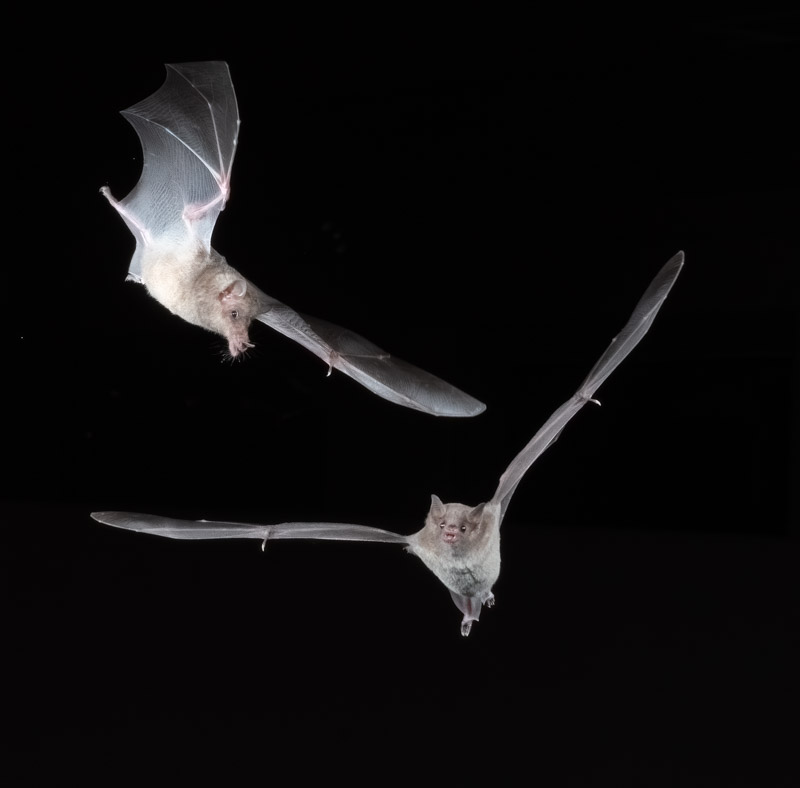
Another flying “V”.
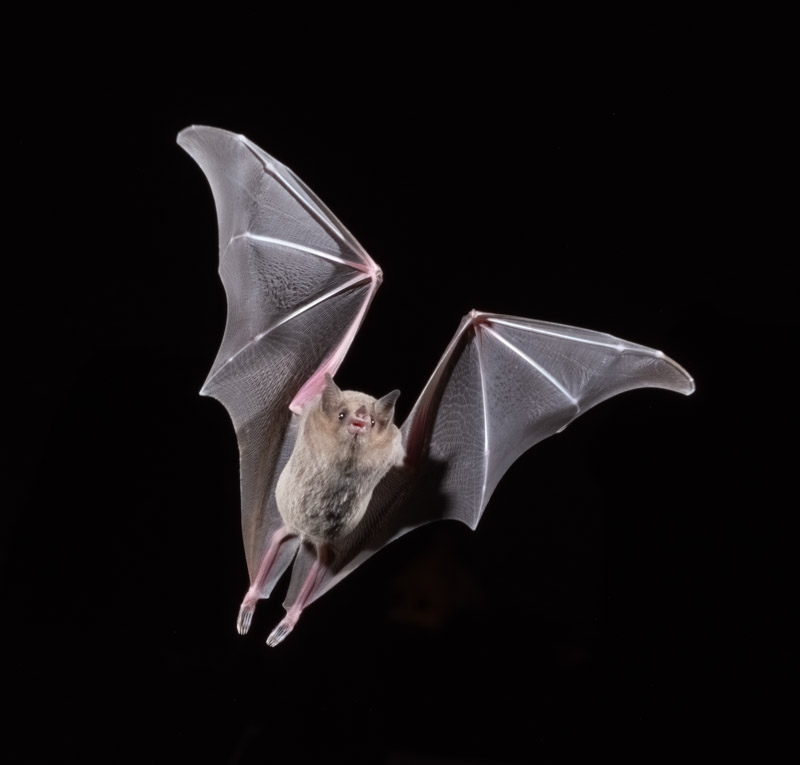
I like the angle of the wings in this shot. The bats can look so graceful.
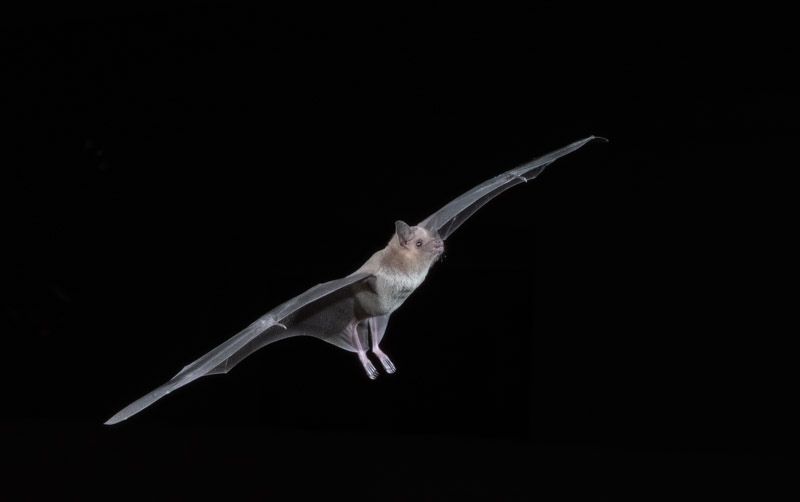
Another “Halloween” shot- an unusual angle of approach. This bat seems to be making a fly-by, not at all headed towards or from the feeders.
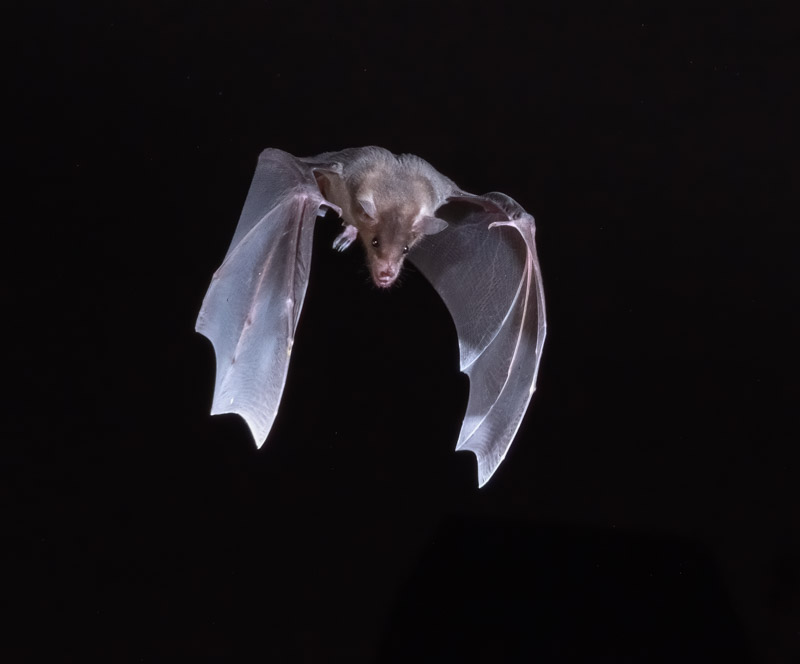
Here is a look at another Mexican Long-tongued Bat. You can see its longer face. One other feature on this bat is that tiny yellow dot on the lower part of one finger. That yellow or orange dot is a “bat fly”, one of several types of parasitic organisms that can infest roosts and bats. You can find more examples of bat flies on the bats in last week’s photo email.
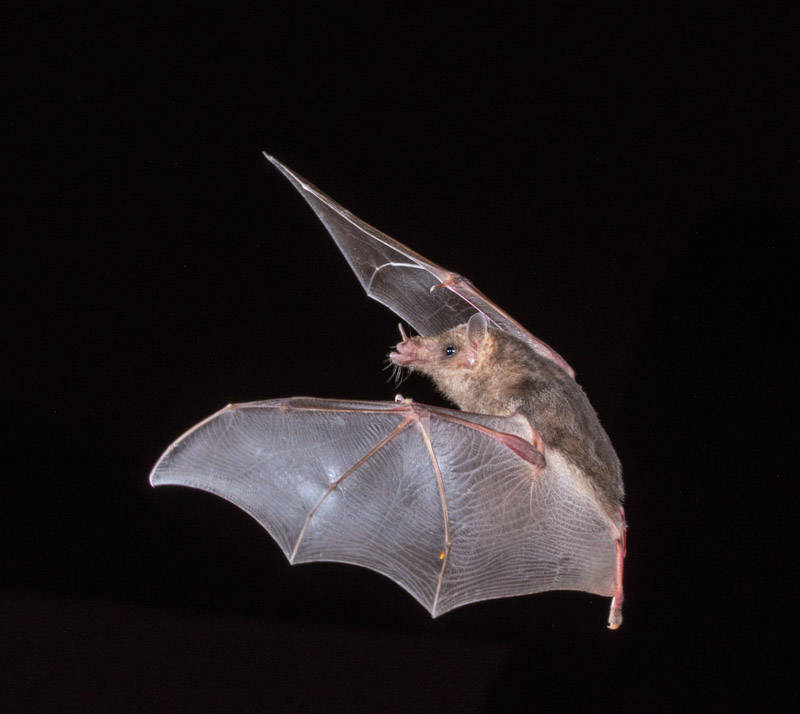
One more approach to the feeder…..
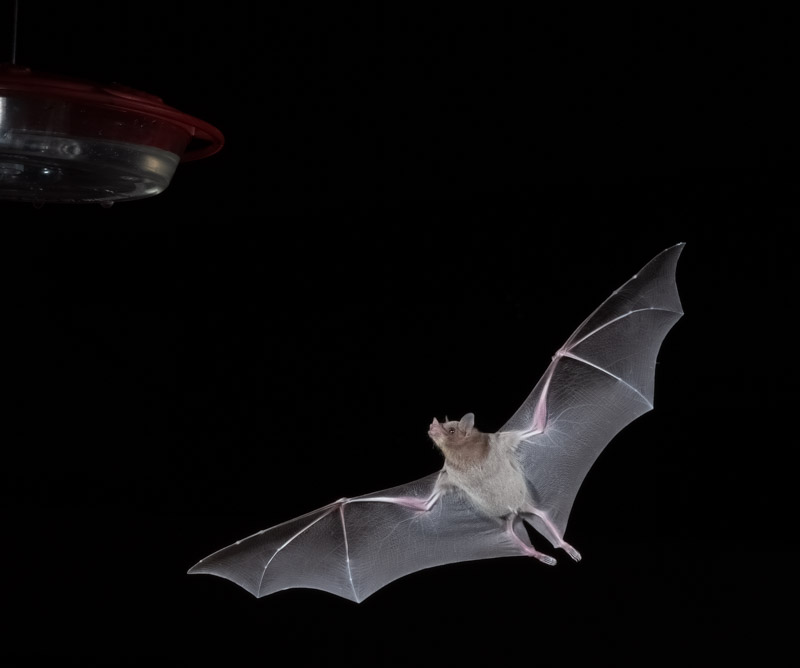
…and then it is goodbye for the evening!
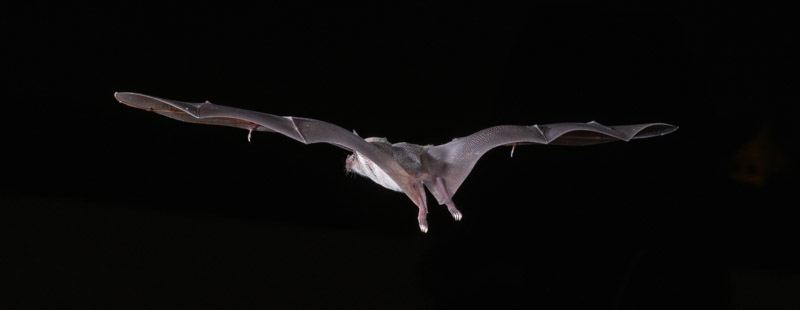
If you’d like to learn a bit more about these little mammals, below is an article on the “Journey of the Nectar Bats” from the National Wildlife Federation
https://www.nwf.org/Magazines/National-Wildlife/2001/Journey-of-the-Nectar-Bats
And here is an article from the Smithsonian on the removal of the Lesser Long-nosed Bat from the Endangered Species List: https://www.smithsonianmag.com/smart-news/nectar-feeding-bat-species-becomes-first-be-removed-endangered-list-180968829/
